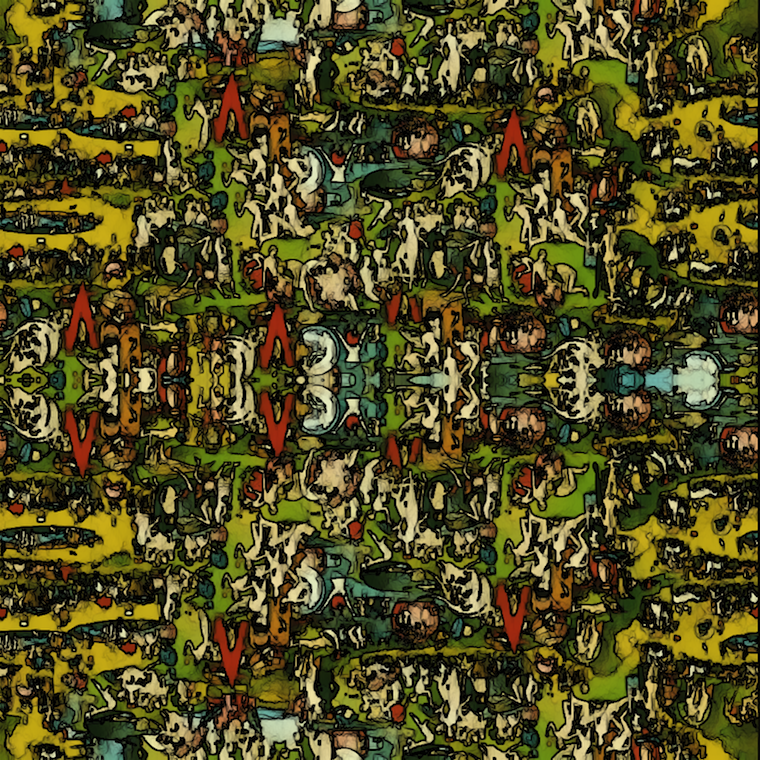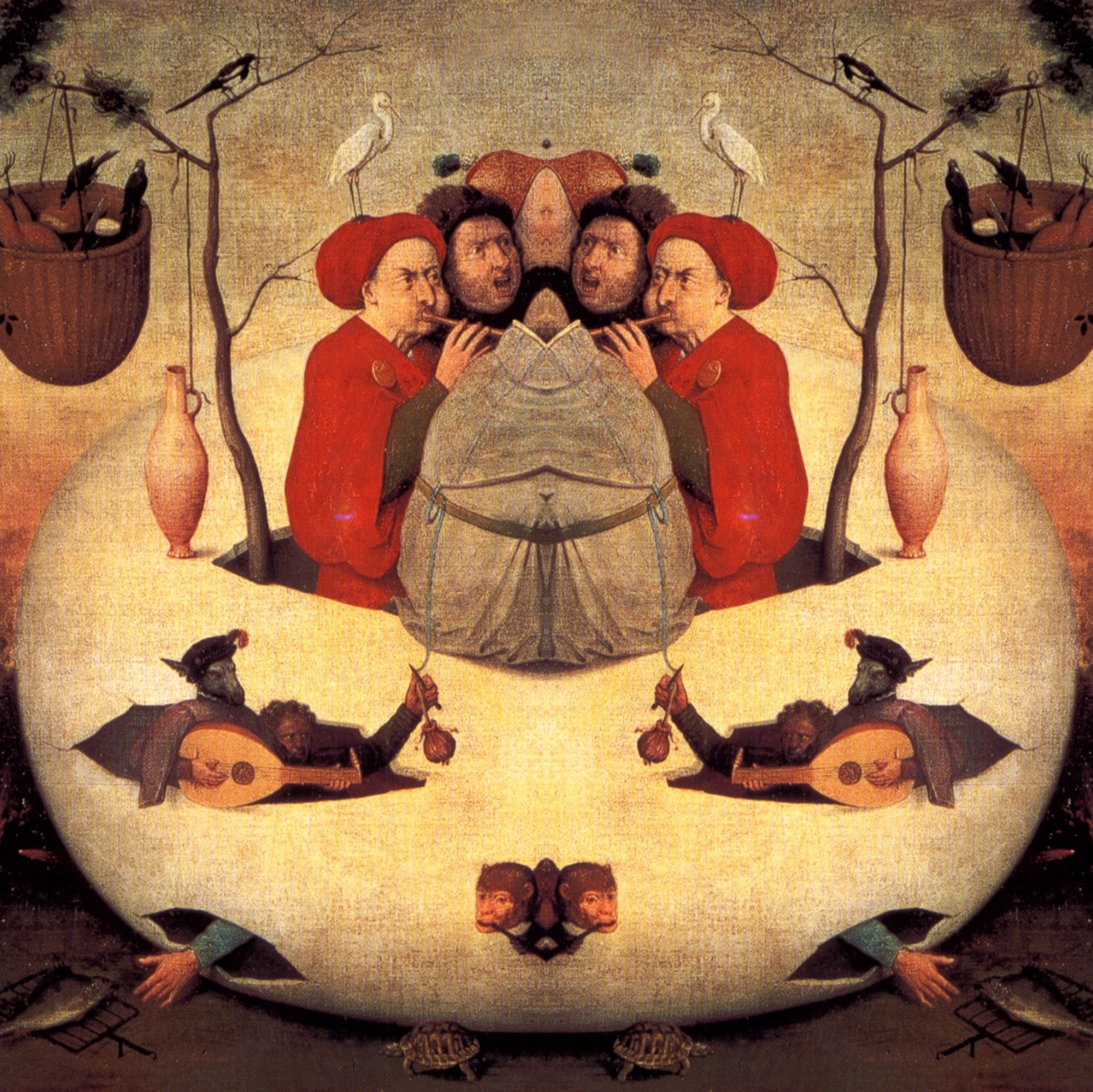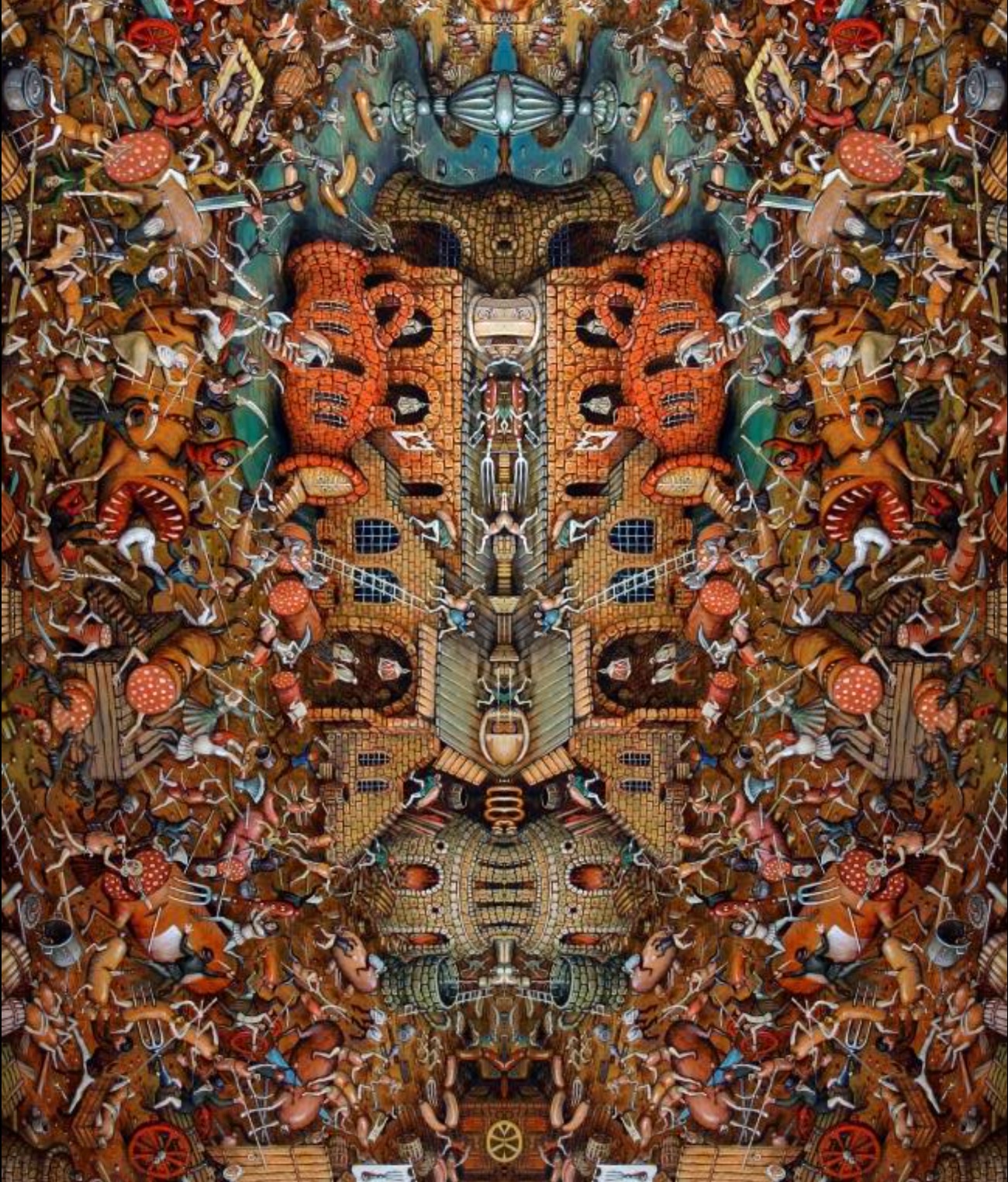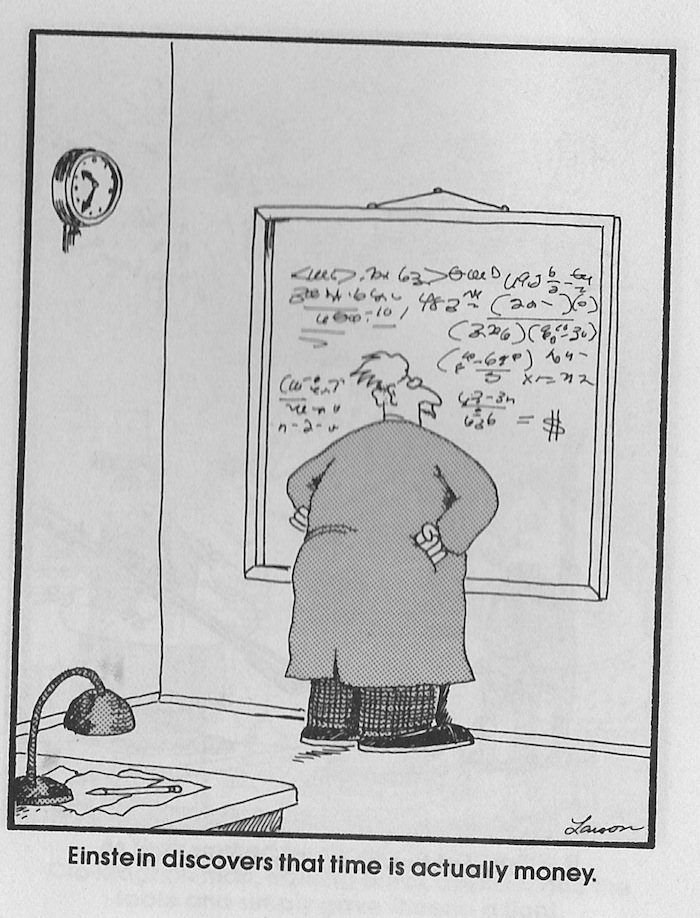[Above: random Cube-O-Probe “roll” nailed to the Heaven & Hell Mandala. In this form for interpretation, the Heavenly opportunities are betwixt the cubes in the upper right quadrant, and the Hellish obstacles are between the cubes in the lower left quadrant. These two conventions are explicit conceptual anchors given to the heuristic means of the tool. Less explicit would be what Ken and I call the flickering aspects in the other two quadrants.]
I invented, with assistance from Kenneth Warren, two new squareONE tools over the last several months. Both have applications in discovery-based self-knowledge. Additionally, the Cube-O-Probe has already been given a trial run as a method for adducing insight about organizational development. As it turns out, the Cube-O-Probe is organically integrated with the earlier tool, Calhoun/Warren Heaven & Hell Archetypal Assessment Mandala because the form of the Mandala provides a very sharp interpretive format for the roll of the cubes.
The ‘Archetypal Assessment Mandala,’ as this is being written, is being beta tested by intrepid volunteers. It was rolled out to participants at Ken and my program Repairing the Opposites, Doubling Stars, Turning Swine Into Pears, that we presented at the Analytical Psychology Society of Western New York December 12th.
I am working on a post to explain how I came to liberate astrology from the confines of space and time, and also free astrology from its deterministic meta-theories. In doing so, I could add on additional cubes to the new tool the Cube-O-Probe. Those add-on cubes increase the original set of cubes based in masculine, feminine, mythological archetypes, and psychodynamic polarities (or dichotomies,) and, the explicit so-called oppositions of the typological constructs taken from Dr. Jung and variously identified by John Beebe and John Giannini.
These new cubes, based in a matrix devised from the basic developmental psychological positions given by the twelve houses and twelve signs–think of the signs as a Y axis, and the houses as a X axis–implicate those positions and also the polarities given in the astro-psychology to be food for reflection/exploration/self-discovery.
The Cube-O-Probe is anchored to my theoretical wondering about the role of generative inducements for praxis using polarities in personal meaning-making. In turn, this has to do with freeing practical means for self-knowledge from linear and stage-based regimens of self-seeking. Both these ‘second orders’ of experiential learning aim at providing spontaneous ‘third order’ methods for self-recognition and self-development, or, alternately, for synchronic (insight-based,) individuation.








